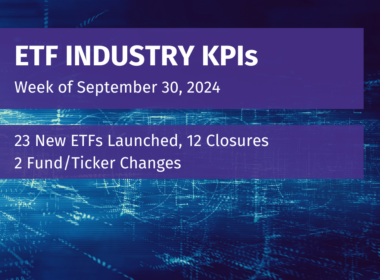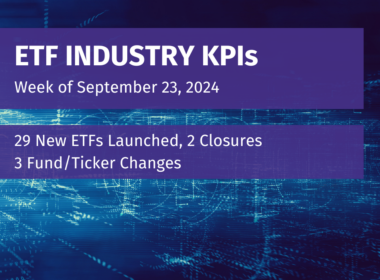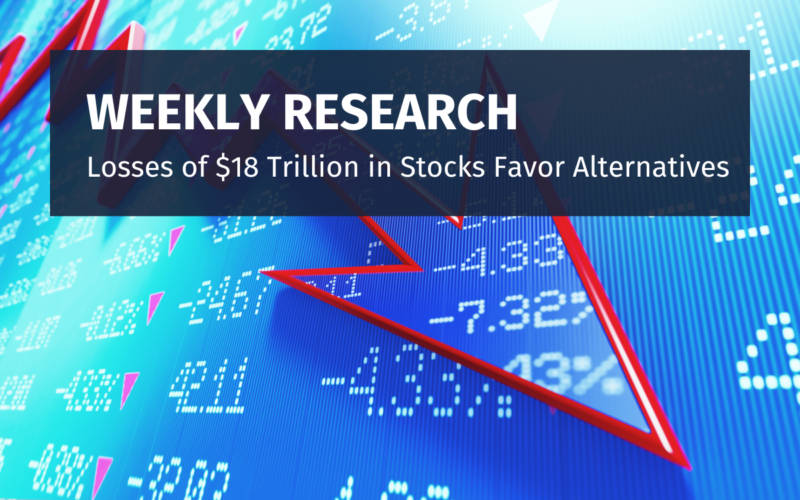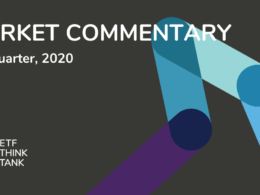As investors, we are trained to measure historic price as the mark on successful decision making. No matter how you cut it, the loss of $18 trillion in global stock markets, as stated in a recent Fortune- Bloomberg article written by Jan-Patrick Barnert, is staggering and has left most investors “wondering about 2023”; especially growth investors. This statement about “wondering” is irrefutable and the past losses could have a contagion effect or, of course, as the herd is often wrong – things could get better because everyone is so negative. In truth, we believe that most everyone can agree that making such a prediction, given the range of unknown at this time, is particularly challenging. Moreover, this is arguably the reason why Wall Street has the compliance disclaimer “past performance is not indicative of future performance” ingrained in investors and advisors. So, what is someone supposed to do with the knowledge that $18 trillion was lost last year in global markets? Cash may be a buffer and an asset class, but too much only locks in negative purchasing power vs inflation.
Highlights, as the Fortune article points out:
- Bulls looking ahead at 2023 might take “solace in the fact that two consecutive down years are rare for major equity markets — the S&P 500 index has fallen for two straight years on just four occasions since 1928.”
- Bears would say that when those circumstances have occurred, the “drops in the second year tend to be deeper than in the first.” Also, conditions are currently set for a possible earnings recession to line up with an actual recession, which makes for a two-stage decline in markets. The article points out that the expectations for earnings on the S&P 500 have a 20-25% range of 180 to 230.
Ironically, however, aren’t we, as investors, supposed to think beyond 1 year? If, in 2023, markets go down another 10%, 20%, or even 30%, what will that mean for 2024 and beyond? The point is that while it is difficult to forecast investment returns for 2023, investors should be more focused on where they might be able to take advantage of the current uncertainty. Bottom line, whether you are a strategic investor, you are playing defense in markets because of economic uncertainty, or you are thinking a bottom is close, you should be monitoring conditions closely with the expectations of potentially making changes to a long-term core around the fringes. Of course, since structure matters, a 20% allocation to a portfolio of alternatives has been a long-time strategy of ours (See October 17, 2018 article here). Broadly speaking, we see alternatives as an asset class which includes: long/short equity strategies with low correlation to traditional equity portfolios and/or the bond market and strategies which have an absolute return mandate. Alternatives would also include commodity or futures-based strategies and/or multi-asset class hedge fund replication strategies. Based upon these criteria, there are approximately 50 funds, but we appreciate that not everyone will agree with our definitions (which could expand the number to 63 funds or so). There are some derivative based ETFs and other types of ETFs that we also screened out.
Highlighted Alternative Ideas From 2022
Many members have read what we have previously written about AGF’s Market Neutral Anti-Beta BETA ETF (BTAL). This Fund was up 20.47% last year. In April 2022, we also highlighted two funds that used options to neutralize market drawdowns: Core Alternative ETF (CCOR) and the Amplify CWP Enhanced Dividend Income Fund (DIVO) ETF. Many members also completed due diligence meetings with a risk parity idea that challenged the notion of 60/40. Readers who subscribe to Barron’s may have read the article this week by Laurence Strauss, “Don’t Give Up on the 60/40 Model. How to Rebuild It.” Because duration was nobody’s friend in 2022, we think this will be the question our members should be asking in 2023 during many due diligence calls: can yesterday’s enemy be tomorrow’s friend? Is it time to lock in duration? Will interest rates rise further or surprise everyone and stay sticky? These are the questions people should be asking for traditional and non-traditional strategies.
Alternative Focused ETFs Date Back To 2009

New York Life’s IndexIQ, of course, developed the first ground breaking alternative suite with known franchise products like IQ Hedge Multi-Strategy (QAI) (Inception March 25, 2009) and IQ Merger Arbitrage ETF (MNA) (Inception November 17, 2009). These ETFs in our judgement offer real solutions that are investible. Note that last year MNA was down 1.61%, QAI was down 8.69%, and HFRXGL was down 4.41%. We think indexing is an important solution for benchmarking a strategy, but ultimately, shouldn’t a benchmark actually be investible? What is the value of a theoretical hedge fund benchmark that someone can’t actually invest in? ETFs are a wrapper for capital. Benchmarks are a measure for tracking error on that capital, which is managed by a passive fund that is designed to follow the strategy and metrics. That makes a portfolio manager more accountable to their underperformance or outperformance during a relative time period. Why not make that benchmark something that has a greater utility value because you can actually own it? Doesn’t that make the investment committee discussion more honest? This has always been obvious to us, but for some reason, our industry seems to miss this point on the value of ETFs.
Merger Arbitrage fund (MERFX/MERIX) is a mutual fund that dates back to 1989, but MNA was launched on November 17, 2009. We have not done a deep dive comparison on after tax returns but given the comparison as an example, we think this example is useful in terms of a measurement of real time “Alpha”. Afterall, the goal should only be what the best after-tax and fee return would be given the risk taken. Note that while HFRXMA, as a benchmark, may not be what MERFX measures its performance against, but how can an investor really know what their alternative (flip in words/sorry to the readers) really is if the index is not investible?

2023 challenge! Members of the ETF Think Tank Community, we challenge you to find the Tank Research Team an investment strategy that needs an ETF as a benchmark rather than a theoretical index strategy. Isn’t that a better alternative? The only thing we ask is that you are clear about the specific mandate so the process can be aligned with expected outcomes.
Conclusion
2022 was a reset year for both equities and bonds. Portfolio construction and strategies need to reflect the new conditions both for 2023 and beyond. We would expect that the easy graceful linear return experienced by Bond investors for so many decades may not return and provide the hedge for equity volatility. This means that the portfolio alternative bucket should be expanded to smooth out returns and meet client and investor objectives.
Those with questions should feel free to reach out to Danweiskopf@tidalfg.com for further details. Welcome to 2023. Hope you will accept our benchmark challenge!!!
P.S. Next week look for us to offer some ideas in the Alternative Space for 2023
Disclosures
All investments involve risk, including possible loss of principal.
This material is provided for informational purposes only and should not be considered an individualized recommendation or personalized investment advice. The investment strategies mentioned may not be suitable for everyone. Each investor needs to review an investment strategy for his or her own particular situation before making any investment decision.
All expressions of opinion are subject to change without notice in reaction to shifting market conditions. Data contained herein from third party providers is obtained from what are considered reliable sources. However, its accuracy, completeness or reliability cannot be guaranteed.
Examples provided are for illustrative purposes only and not intended to be reflective of results you can expect to achieve.
The value of investments and the income from them can go down as well as up and investors may not get back the amounts originally invested, and can be affected by changes in interest rates, in exchange rates, general market conditions, political, social and economic developments and other variable factors. Investment involves risks including but not limited to, possible delays in payments and loss of income or capital. Neither Toroso nor any of its affiliates guarantees any rate of return or the return of capital invested. This commentary material is available for informational purposes only and nothing herein constitutes an offer to sell or a solicitation of an offer to buy any security and nothing herein should be construed as such. All investment strategies and investments involve risk of loss, including the possible loss of all amounts invested, and nothing herein should be construed as a guarantee of any specific outcome or profit. While we have gathered the information presented herein from sources that we believe to be reliable, we cannot guarantee the accuracy or completeness of the information presented and the information presented should not be relied upon as such. Any opinions expressed herein are our opinions and are current only as of the date of distribution, and are subject to change without notice. We disclaim any obligation to provide revised opinions in the event of changed circumstances.
The information in this material is confidential and proprietary and may not be used other than by the intended user. Neither Toroso or its affiliates or any of their officers or employees of Toroso accepts any liability whatsoever for any loss arising from any use of this material or its contents. This material may not be reproduced, distributed or published without prior written permission from Toroso. Distribution of this material may be restricted in certain jurisdictions. Any persons coming into possession of this material should seek advice for details of and observe such restrictions (if any).












